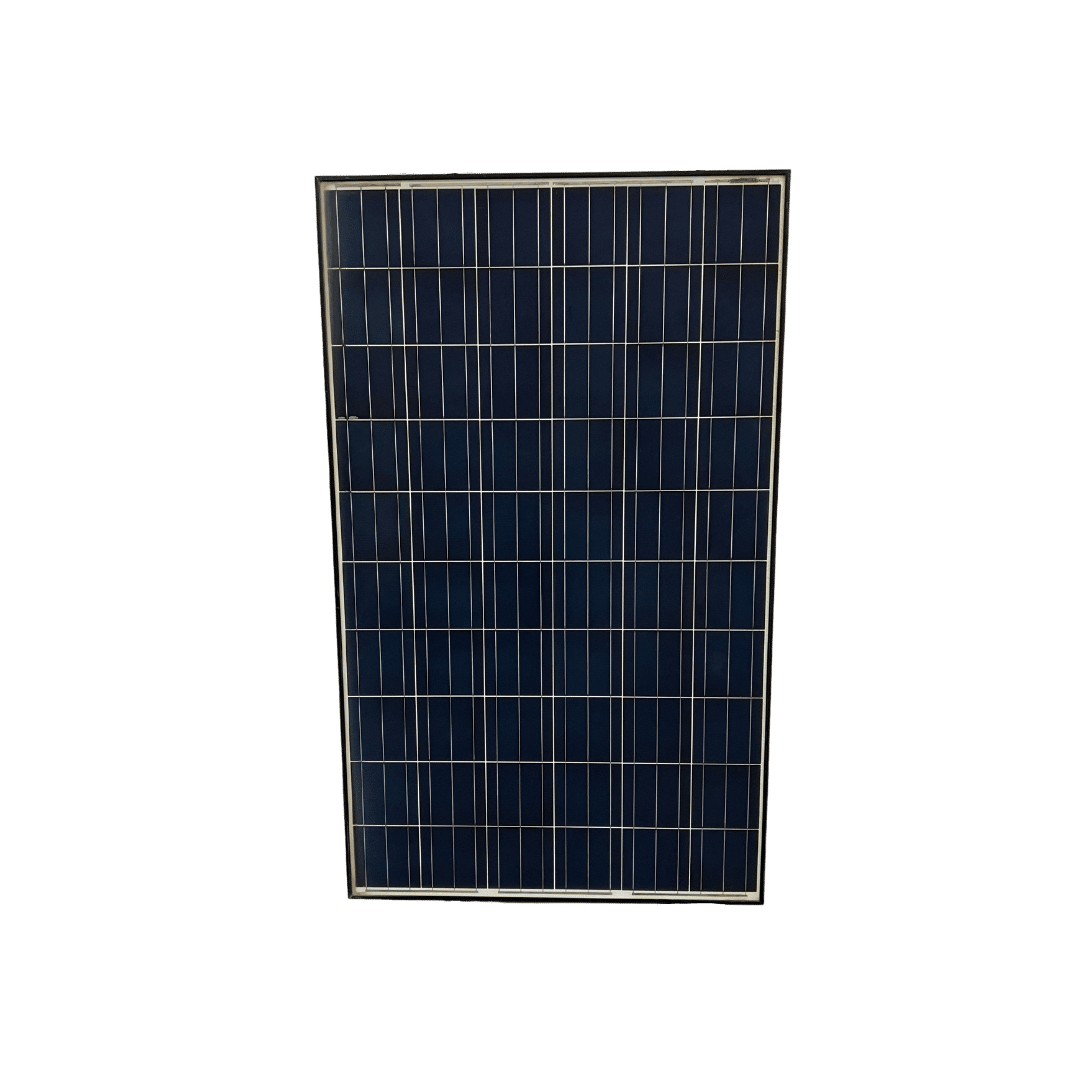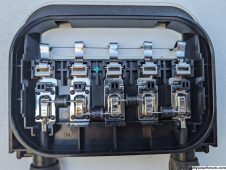Warpspeed
Solar Wizard
Its all relative...
At night there is zero measurable voltage.
In dawn twilight, the voltage starts to rise above zero, and can be quite low before the sun appears above the horizon.
So saying Voc always get the same voltage shaded, is almost true but not strictly true in really gloomy twilight.
As stated above ^^ under really marginal conditions, it takes very little loading or leakage to pull down Voc by a lot.
At night there is zero measurable voltage.
In dawn twilight, the voltage starts to rise above zero, and can be quite low before the sun appears above the horizon.
So saying Voc always get the same voltage shaded, is almost true but not strictly true in really gloomy twilight.
As stated above ^^ under really marginal conditions, it takes very little loading or leakage to pull down Voc by a lot.





